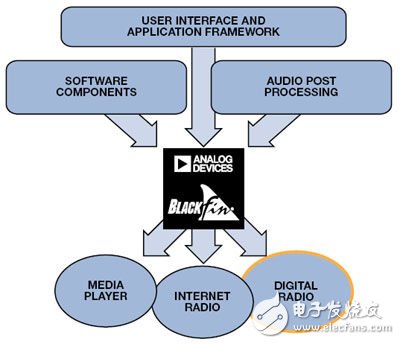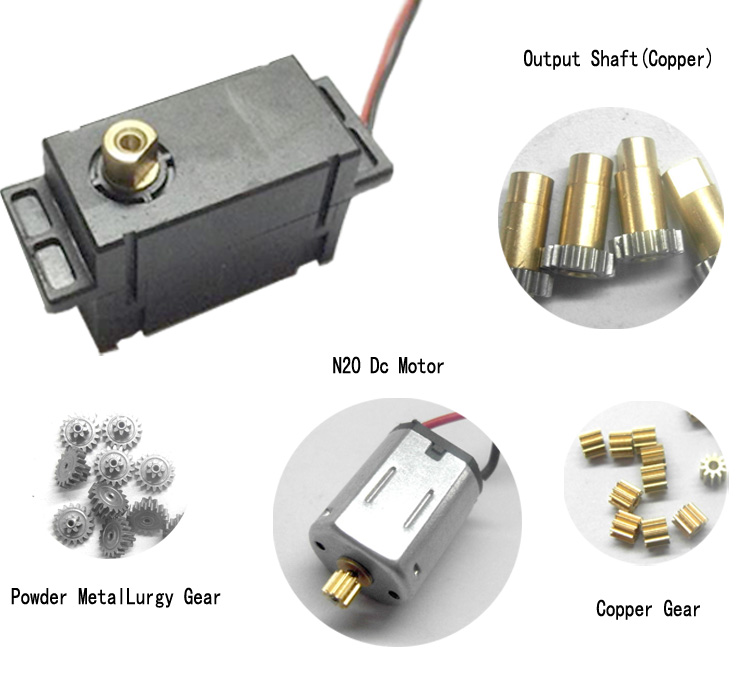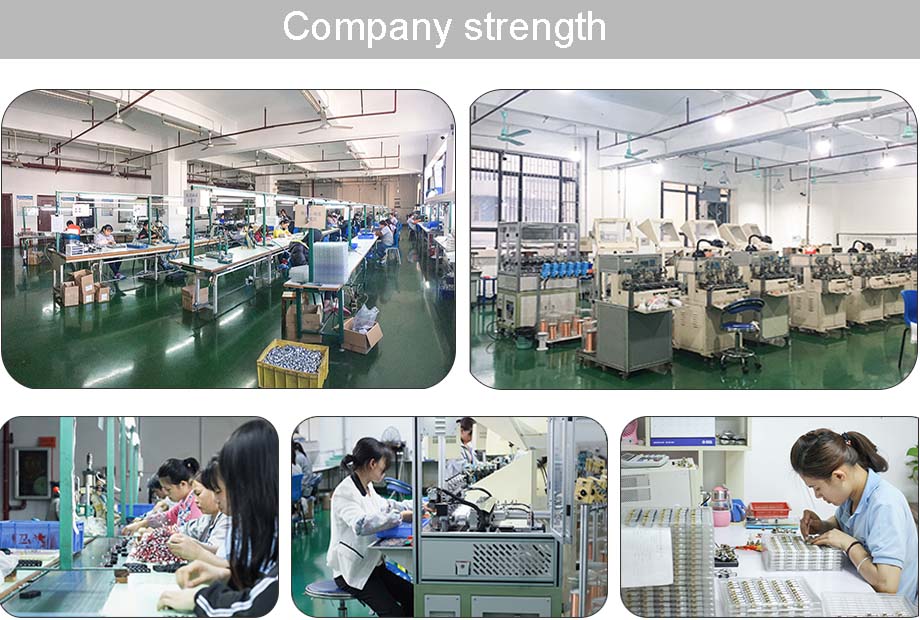Amplitude modulation (AM) was the main form of radio broadcasting in the first 80 years of the 20th century, but channel fading, distortion, and noise caused poor reception quality. With the introduction of frequency modulation (FM), these problems have been alleviated to some extent. FM can also provide stereo transmission and CD-quality audio, but the analog radio still cannot completely eliminate the problems of channel defects and limited coverage area. In 2003, two new business companies, XM and Sirius (later merged into SiriusXM), launched a large subscription-based digital satellite radio service in the United States, with a profit model similar to pay-TV channels. At about the same time, WorldSpace Radio began to provide satellite radio for Asia and Africa.
With the "Satellite Digital Audio Radio Service" (SDARS), car radio listeners can listen to the same radio station anywhere in the satellite's coverage area, and only temporarily interrupt the satellite signal when it is blocked by buildings, leaves, and tunnels. The XM satellite radio leader overcomes the occlusion problem by installing a ground repeater. The repeater transmits the same satellite audio signal in dense urban areas to form a combined satellite and terrestrial broadcast architecture.
At almost the same time, traditional terrestrial broadcasters also drew a blueprint for digital broadcasting for two reasons. First, they realize that they will soon come to an end on analog roads, because the world is migrating to higher quality digital runways. Second, spectrum resources are becoming scarcer. To transmit more content within the same bandwidth, only new and old content can be digitized, compressed, and packaged for broadcasting. Therefore, the world has begun to switch from analog radio to digital radio. These radio broadcast technologies have the advantages of clearer reception and wider coverage area. They can transmit more content and information within the existing bandwidth of the available analog radio channel, and users have more flexibility to control the program material to be acquired and listened to (Figure 1).

Figure 1. Digital radio on the aggregation processor
Digital radio development example: India
There are two open standards for terrestrial broadcasting-Digital Multimedia Broadcasting (DMB) and Universal Digital Radio (DRM), and a proprietary standard HD Radio (developed by iBiquity, which is the only one approved by the FCC for US AM / FM audio broadcasting Standard), DMB specifies a variety of digital audio broadcasting formats, including DAB, DAB + and T-DMB, using VHF band III and L band. DRM uses DRM30, and the operating frequency range is 150 kHz to 30 MHz; DRM + uses VHF bands I, II, and III.
The useful propagation of the VHF band is basically limited to the line of sight in a small geographical area. Short-wave propagation can be reflected multiple times in the ionosphere, reaching almost anywhere in the world. For countries / regions that are densely populated and have a small geographic range, it is very effective to transmit DMB using VHF band III and L bands. For countries / regions with a large area, medium and short wave transmission can achieve effective coverage. Therefore, after trying DAB and DRM for several years, the Indian government decided to adopt DRM.
In 2007, the Indian National Radio (AIR), the Asia-Pacific Broadcasting Union (ABU) and the DRM consortium conducted the first DRM field test in New Delhi. The test lasted three days, when three transmitters were used and various parameters were measured. In addition to these tests in New Delhi, AIR also conducted long-distance measurements. The results show that DRM can serve a larger population with a limited number of transmitters, with obvious advantages. In addition, the ever-increasing energy-saving requirements raise power consumption considerations to an extremely important position. The power efficiency of DRM is 50% higher, which is essential for supporting ecological balance and making the planet more environmentally friendly.
Digital radio receiver and DSP
The physical world is analog, but scientists and engineers have found that it is easier to perform large amounts of calculations and symbolic operations in the digital domain. The emergence of sampling theory, signal processing technology, and various data converters allow engineers to easily and smoothly design, implement, and test complex digital signals using analog-to-digital converters (ADCs) and digital signal processors with programmable cores Processing (DSP) system.
The development of powerful and efficient DSPs and the advancement of information and communication theory have contributed to the fusion of media technology and communication. The advent of digital radio is due to these technological advancements.
The digital radio receiver was originally designed as a laboratory prototype and then put into trial production. Like most technologies, first-generation products are generally assembled using discrete devices. As the market size and level of competition increase, manufacturers have discovered that they can further expand the market by lowering the price of finished products. The prospect of higher shipments has attracted semiconductor manufacturers to invest in efforts to integrate more discrete devices to reduce costs. Over time, the shrinking chip size has led to further cost reductions, and at the same time the product functions have become more sophisticated. Many products have undergone such continuous evolution, including FM radios and mobile phones.
Electronic Lock Motor product introduction:
Electronic Lock Motor, also known as Intelligent Lock Motor, Belong to small reducer series, the main structure composed of drive motor (motor) with a reduction gear box, composed of a shaft connection, form integrated motor reducer; Drive motor is purchasing product, reduction gear box is customized according to the project product demand, the maximum power under 10 w, maximum voltage up to 12 v, below 25 mm diameter size.
Functions: it is widely used in various intelligent locks, such as Shared bicycle lock, fingerprint lock, glass lock, safe lock, hotel lock, family lock, inductive smart lock, etc
Features:China Electronic Lock Motor is based on micro precision reducer development, small intelligent micro precision reducer can do 10 mm in diameter, is widely used in safe, locks, smart locks, sensor intelligent lock;
This kind of motor has the characteristics of low noise, low energy consumption, small volume, light quality, high precision, large torque and durability
Method of use: the best stable in horizontal plane, installed on the China Electronic Lock Motor output shaft parts, cannot use a hammer to knock, knock prone to press into the dc Electronic Lock Motor drive, may cause damage to internal components, and cannot be used in the case of blocked.

Operating temperature range:
Electronic Lock Motor should be used at a temperature of -10~60℃.
The figures stated in the catalog specifications are based on use at ordinary room temperature catalog specifications re based on use at ordinary room temperature (approximately20~25℃.
If a electronic Lock Motor is used outside the prescribed temperature range,the grease on the gearhead area will become unable to function normally and the motor will become unable to start.Depending on the temperature conditions ,it may be possible to deal with them by changing the grease of the motor's parts.Please feel free to consult with us about this.
Storage temperature range:
China Electronic Lock Motor should be stored ta a temperature of -15~65℃.
In case of storage outside this range,the grease on the gearhead area will become unable to function normally and the motor will become unable to start.
Service life:
The longevity of Electronic Lock Motor is greatly affected by the load conditions , the mode of operation,the environment of use ,etc.Therefore,it is necessary to check the conditions under which the product will actually be used .The following conditions will have a negative effect on longevity.Please consult with us should any of them apply.
â—Use with a load that exceeds the rated torque
â—Frequent starting
â—Momentary reversals of turning direction
â—Impact loads
â—Long-term continuous operation
â—Forced turning using the output shaft
â—Use in which the permitted overhang load or the permitted thrust load is exceeded
â—A pulse drive ,e.g.,a short break,counter electromotive force,PWM control
â—Use of a voltage that is nonstandard as regards the rated voltage
â—Use outside the prescribed temperature or relative-humidity range,or in a special environment.
â—Please consult with us about these or any other conditions of use that may apply,so that we can be sure that you select the most appropriate model.
when it come to volume production,we're a major player as well .each month,we rurn out 600000 units,all of which are compliant with the rohs directive.Have any questions or special needed, please contact us, we have the engineer group and best sales department to service to you
Looking forward to your inquiry. Welcome to our factory.

Electronic Lock Motor
Electronic Lock Motor,Motor For Electronic Lock,Electronic Lock Dc Motor,Electronic Lock High Speed Motor
Shenzhen Shunchang Motor Co., LTD. , https://www.scgearmotor.com